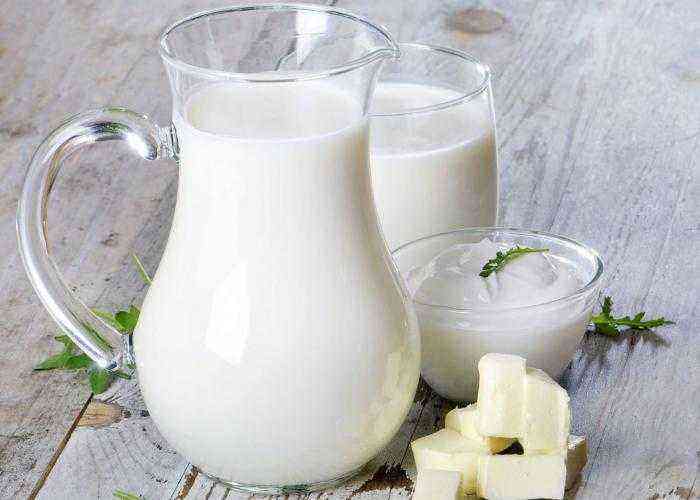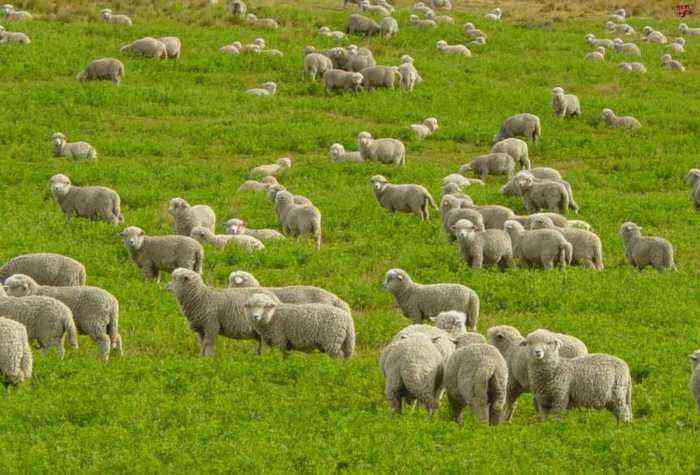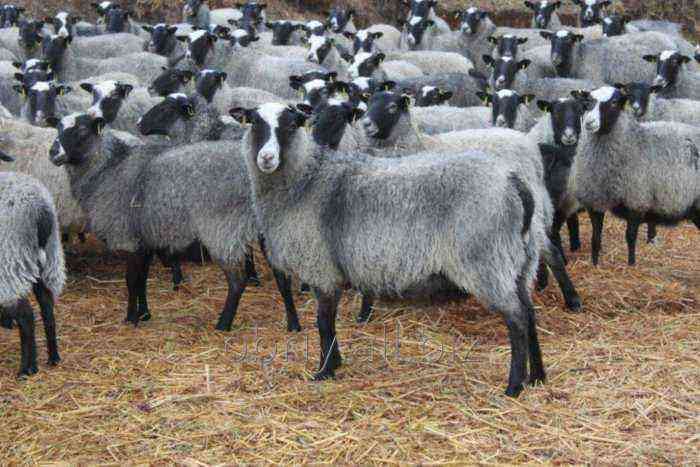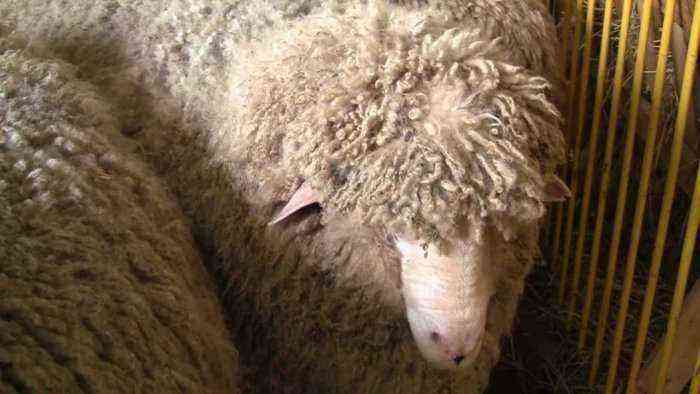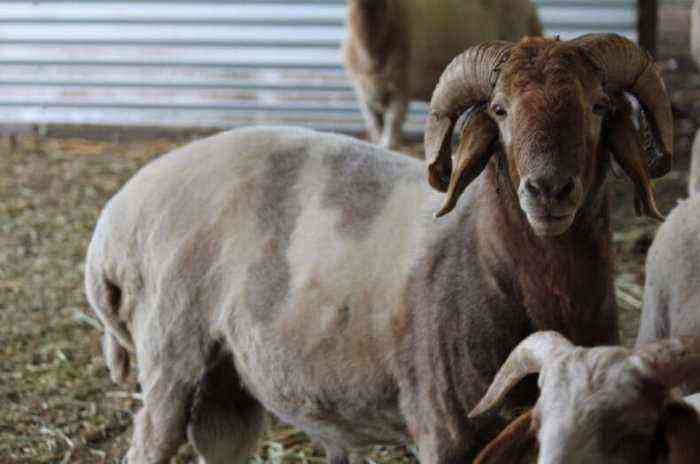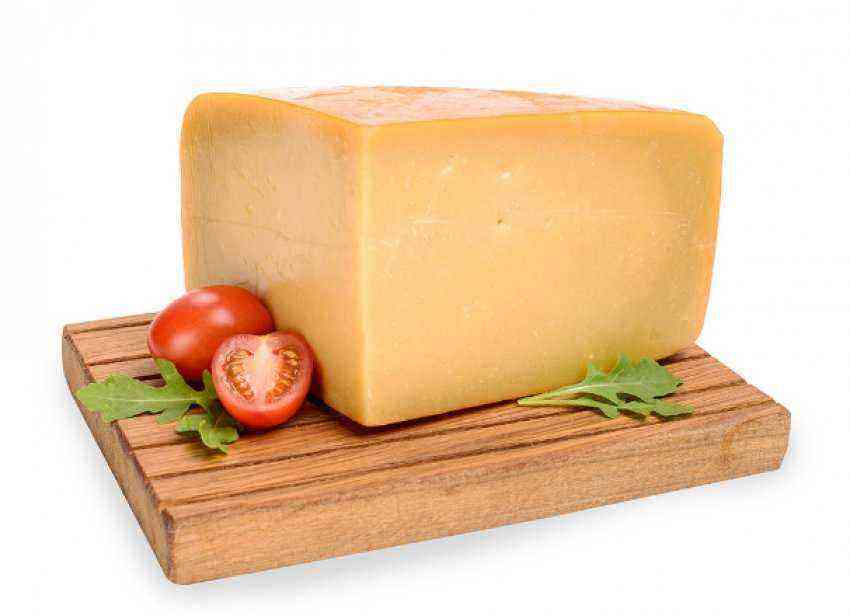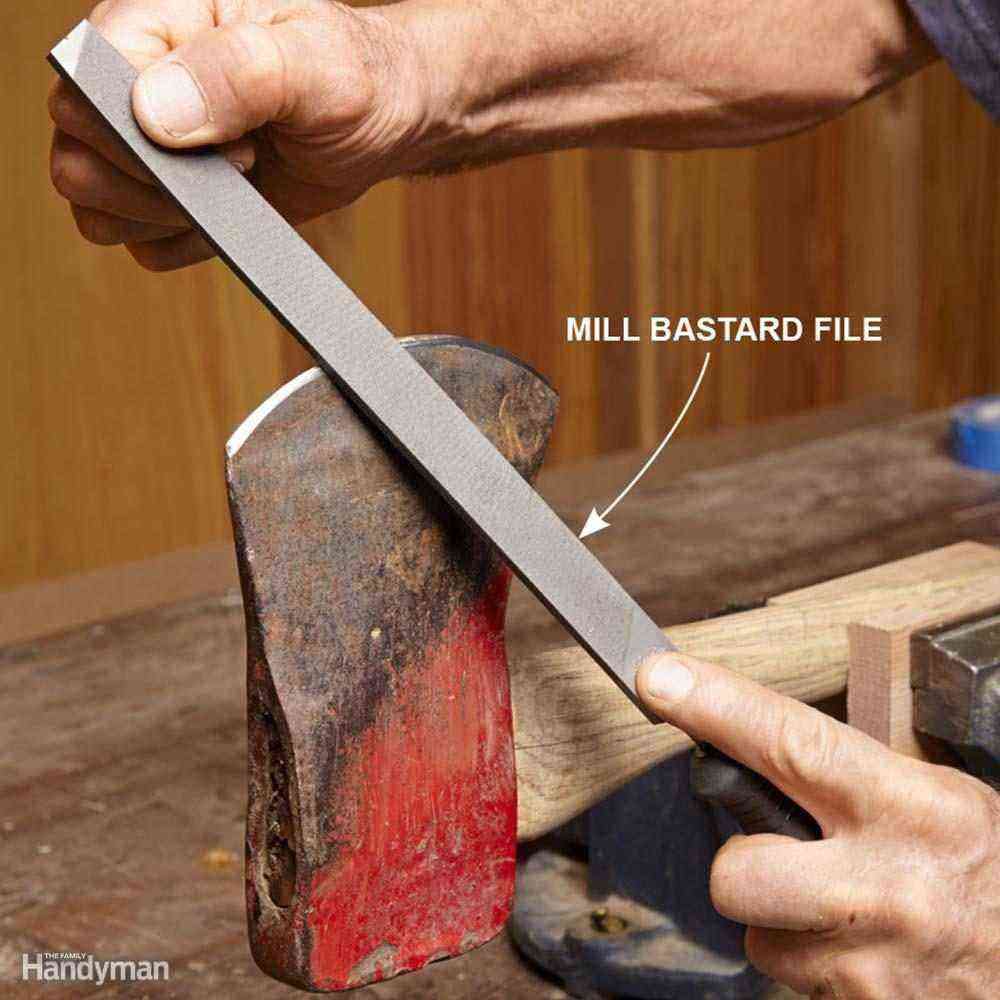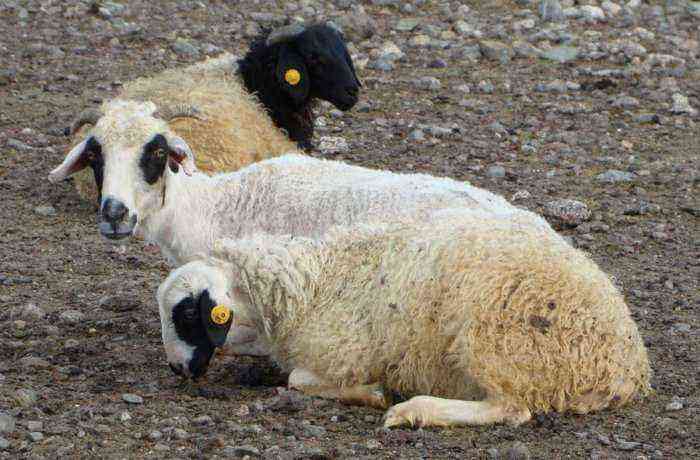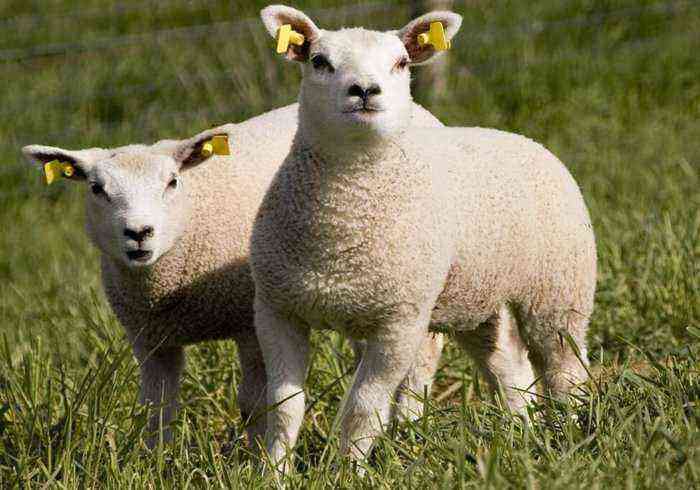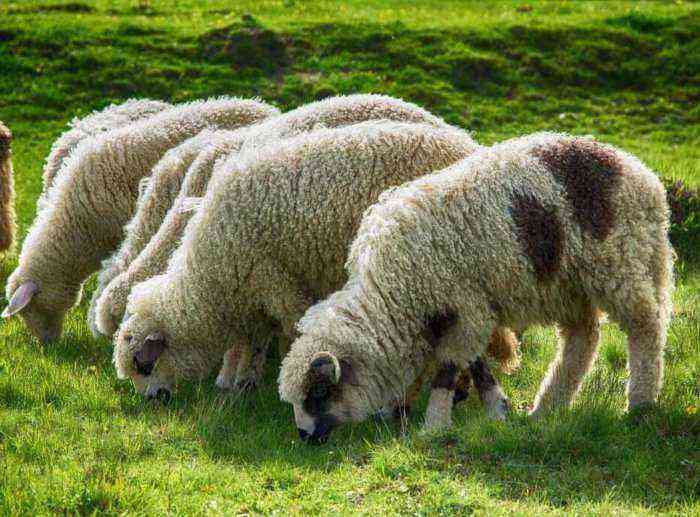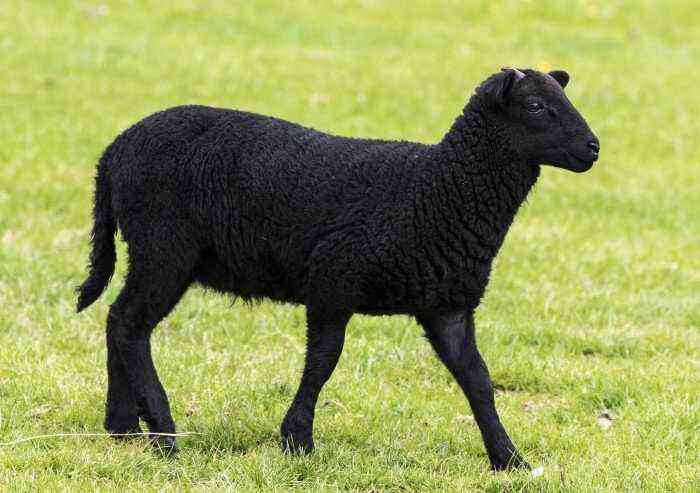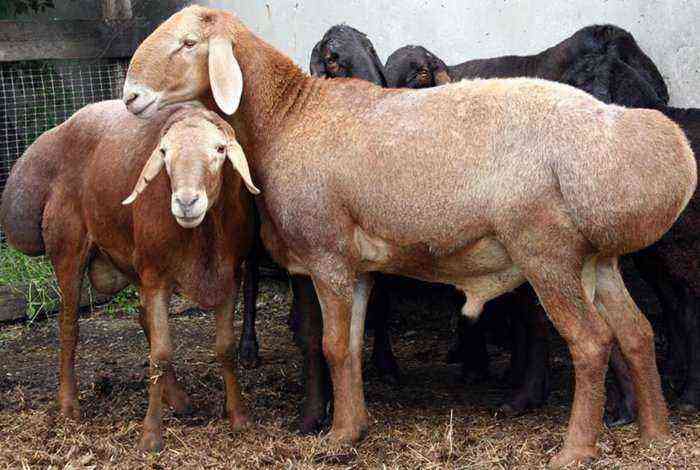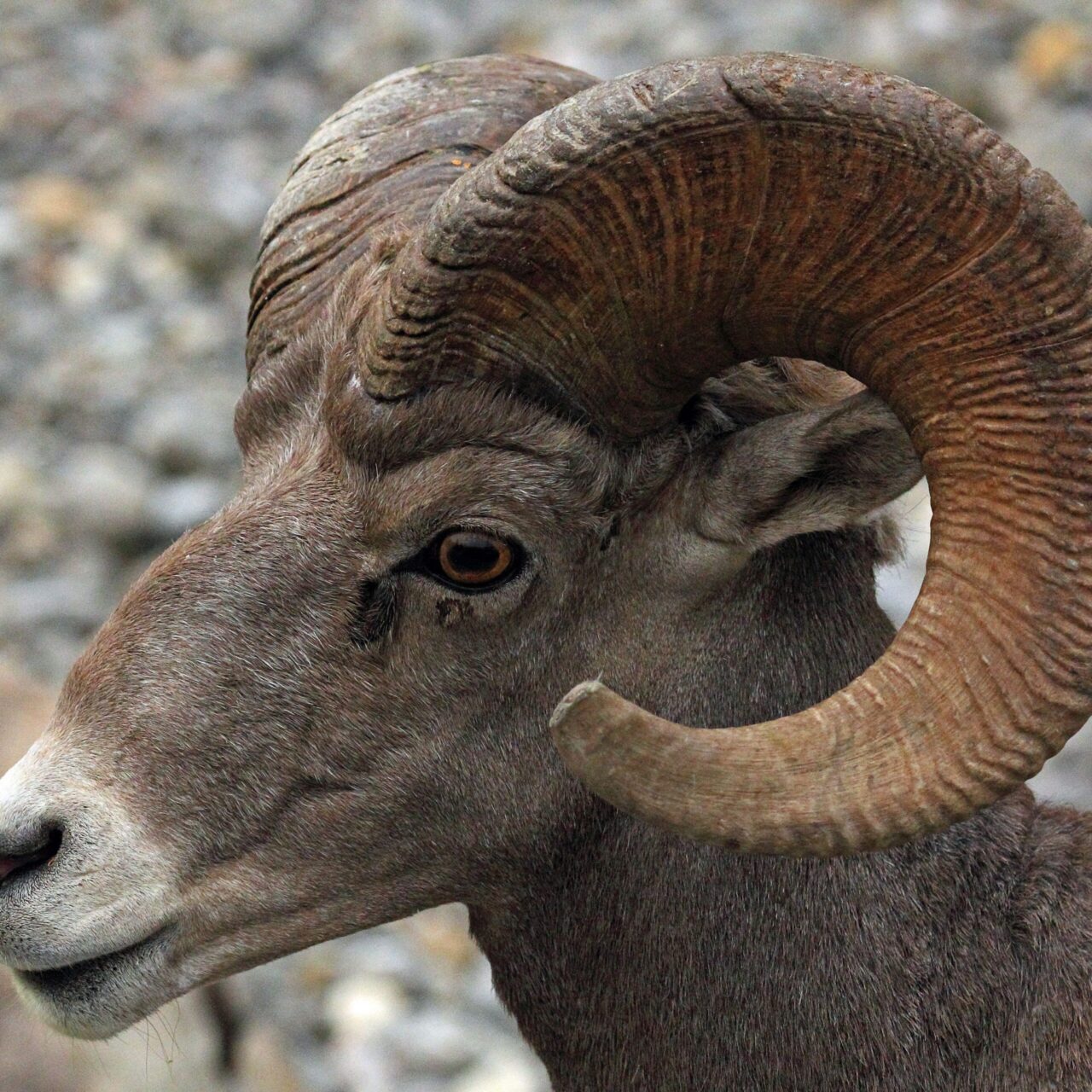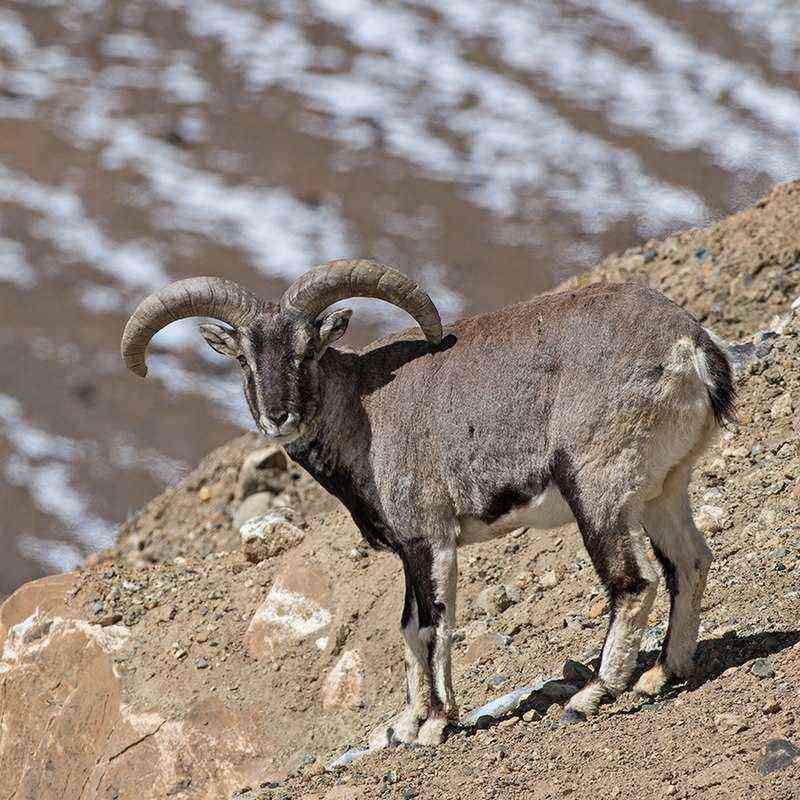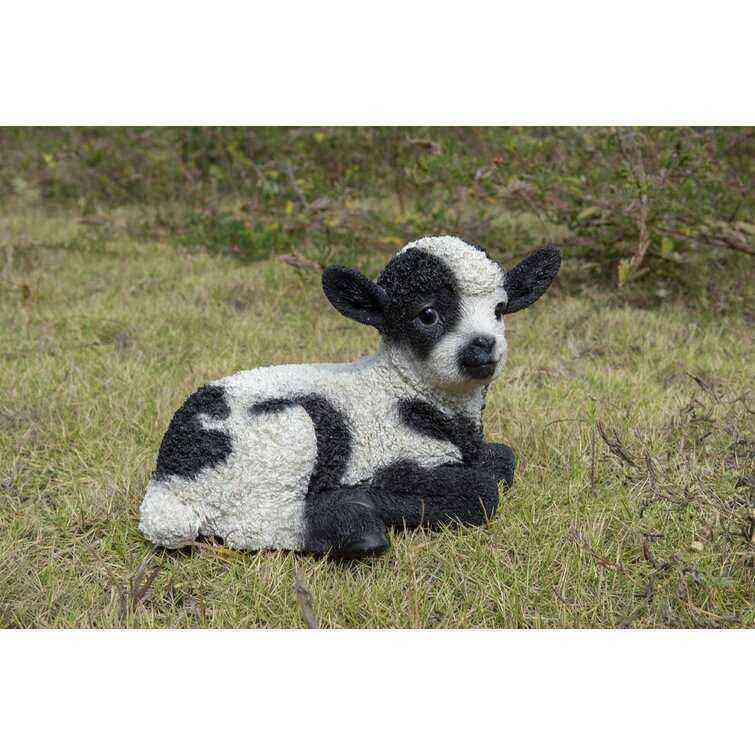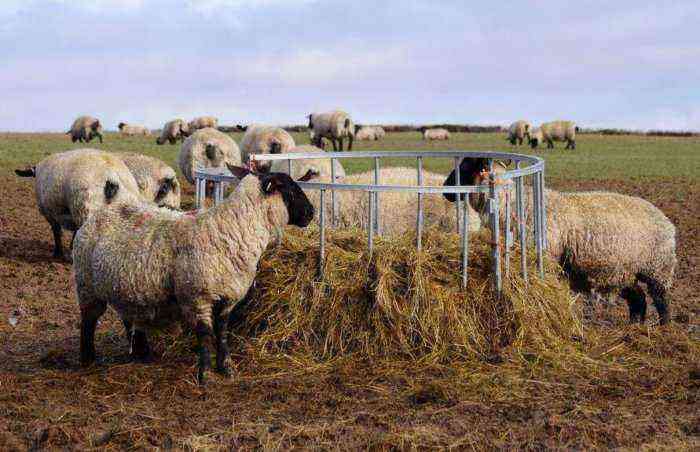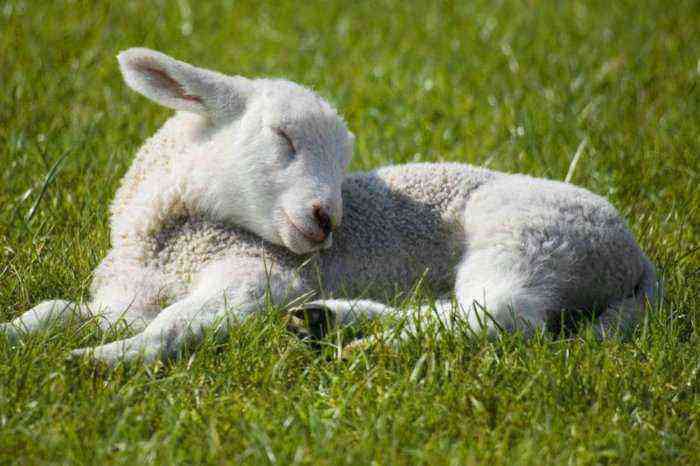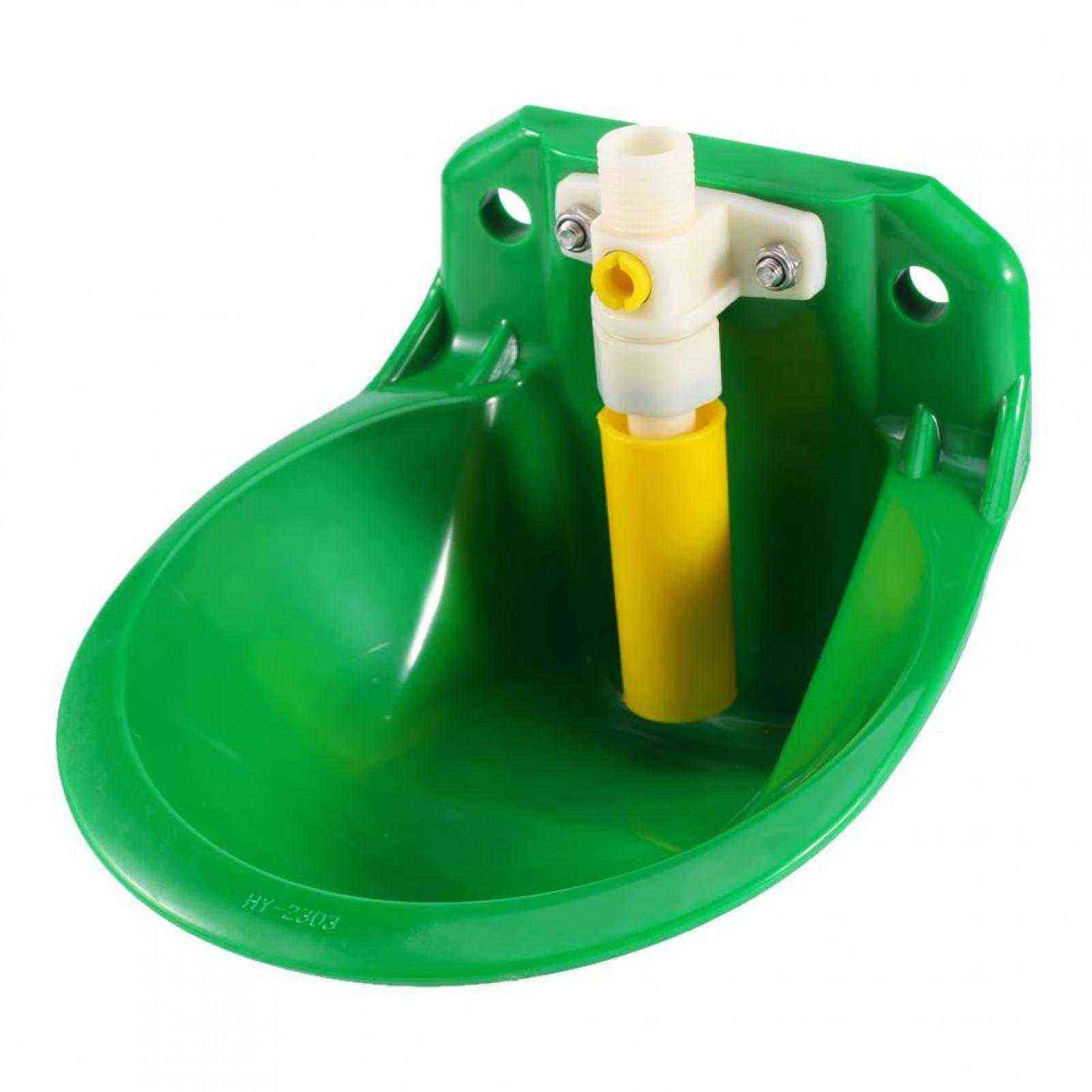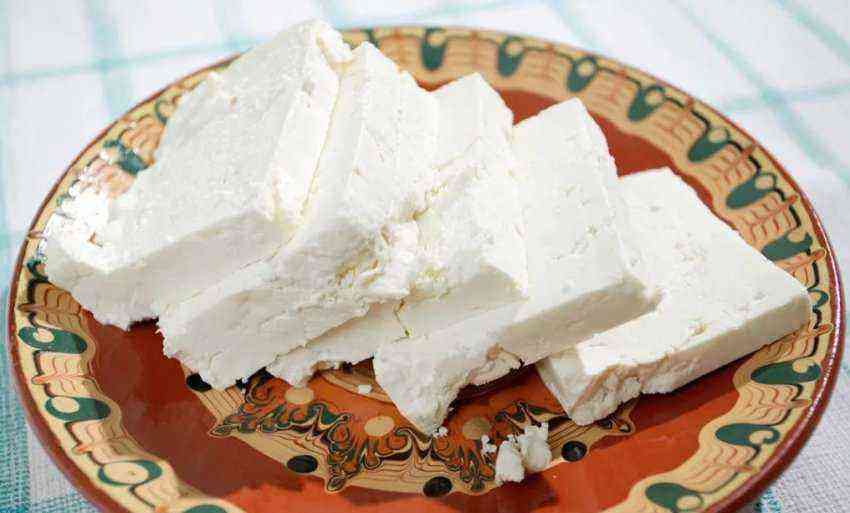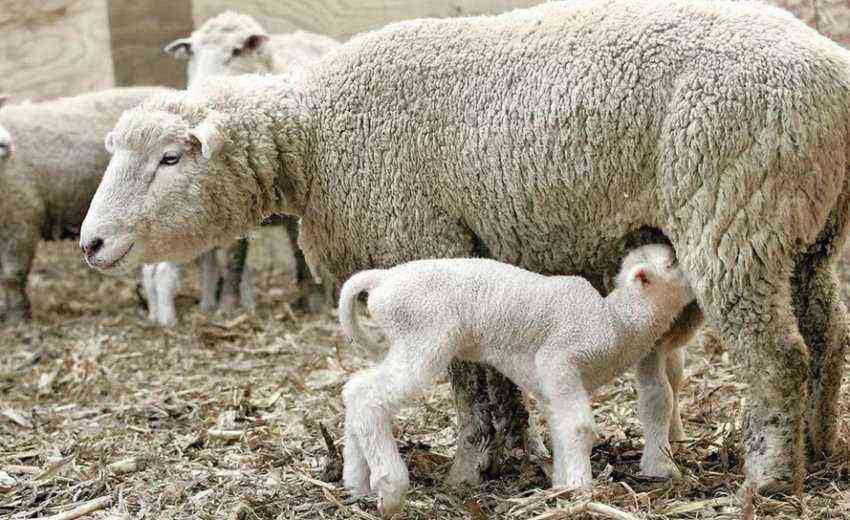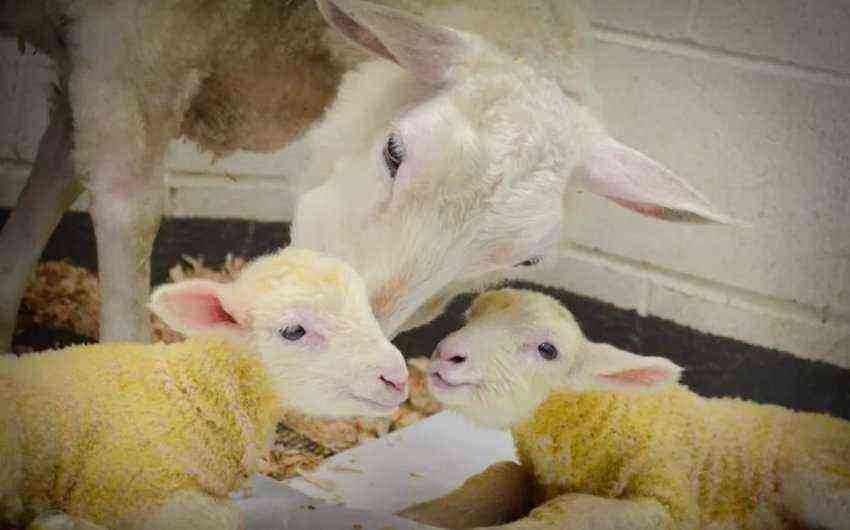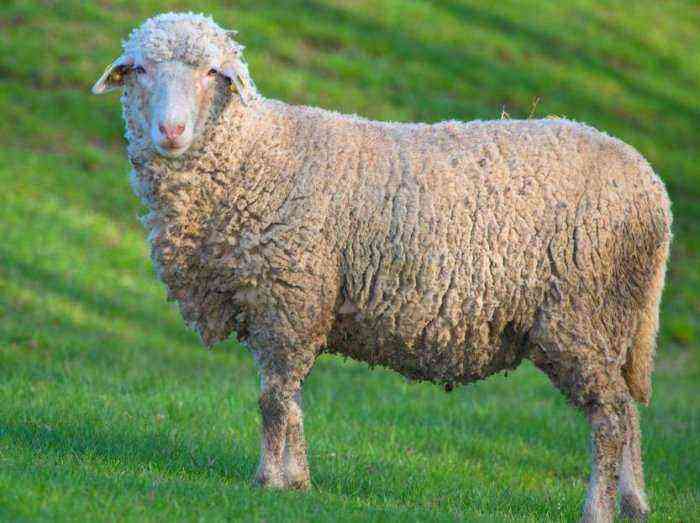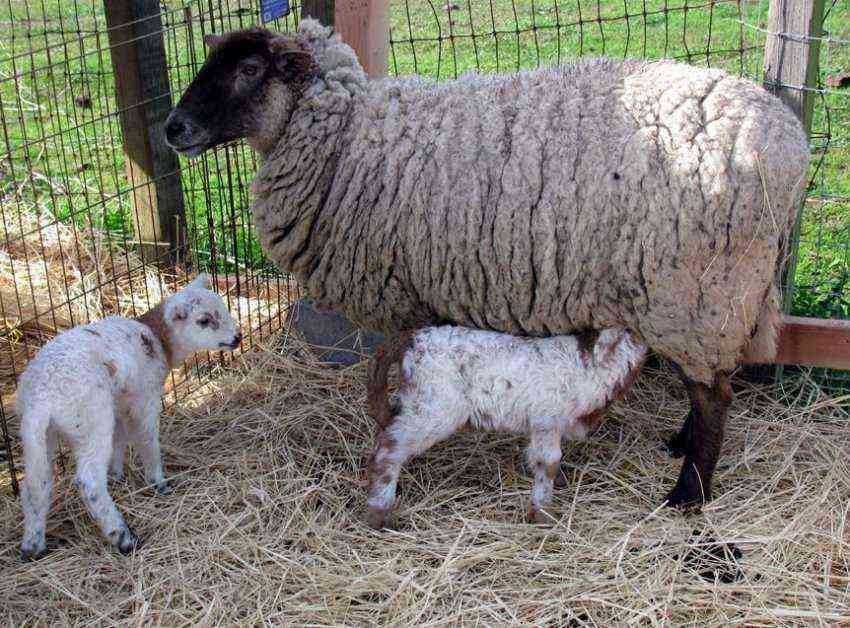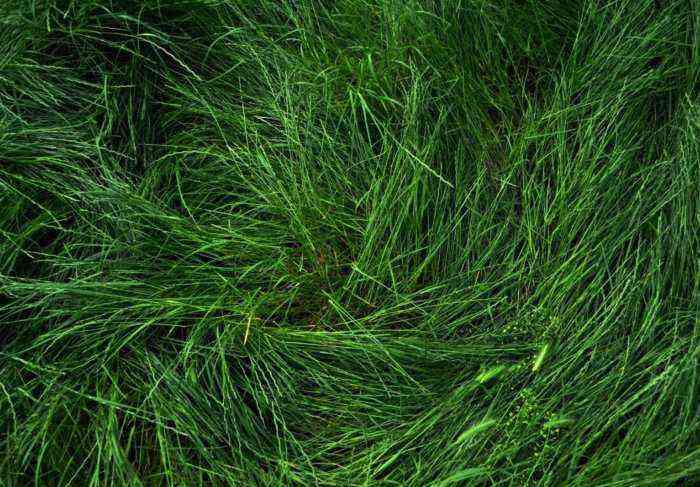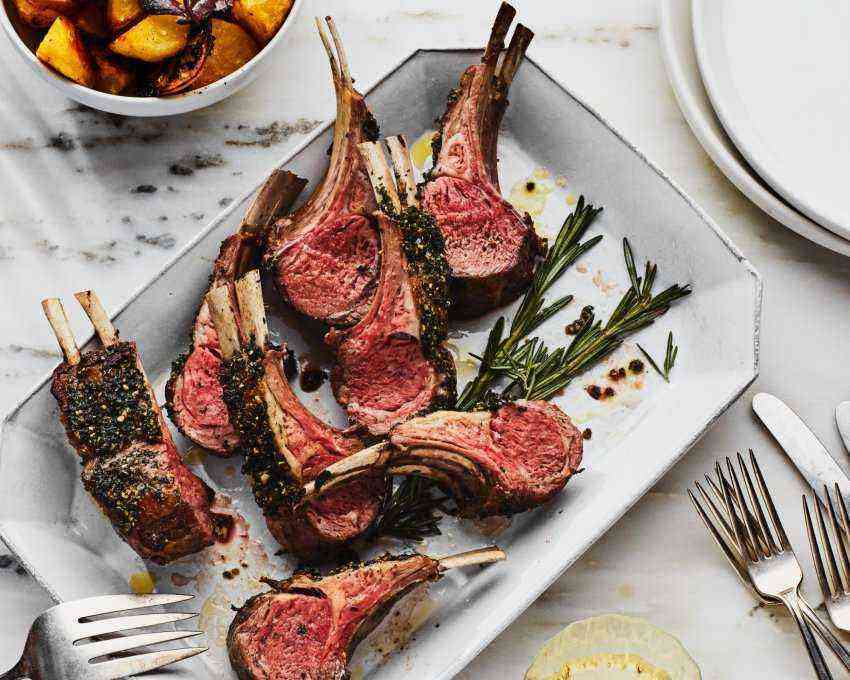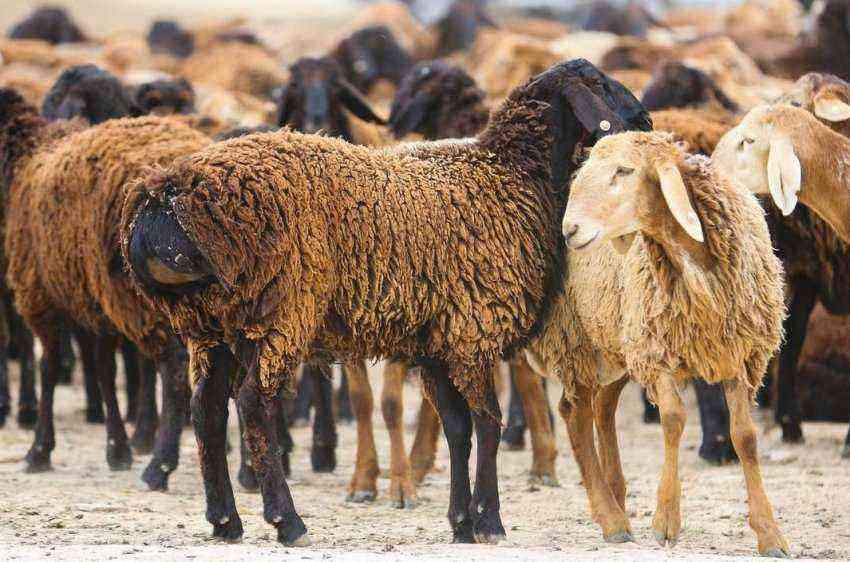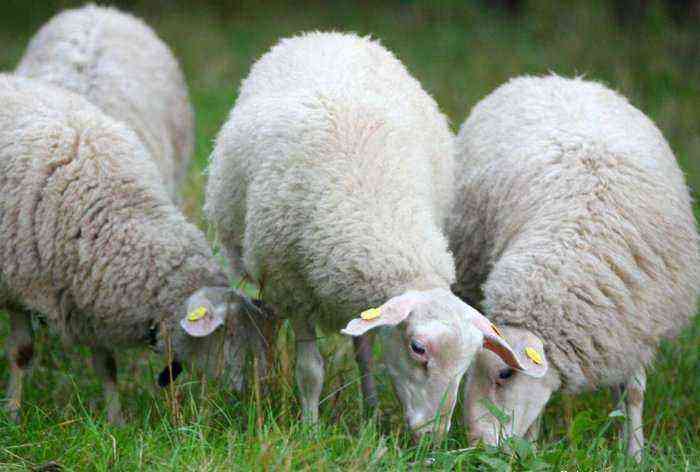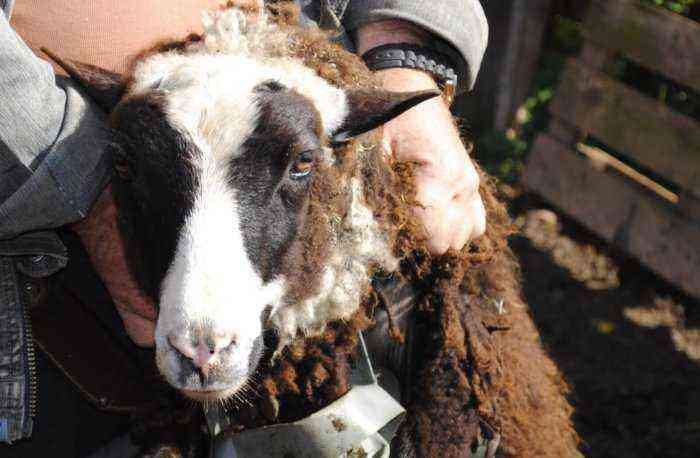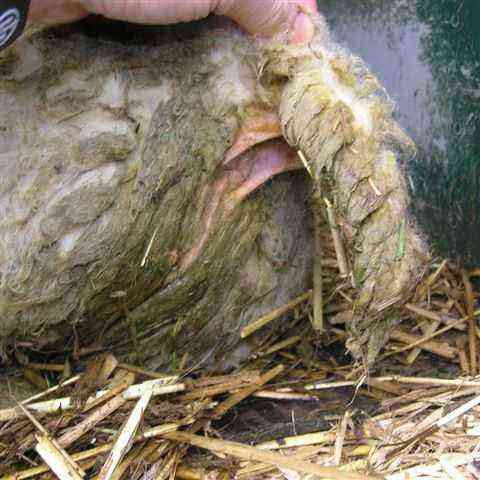Dorper sheep are native to the hot deserts of South Africa. A unique experiment to create a hardy and unpretentious breed was crowned with success in the first half of the 20th century. Now these animals are also popular on other continents of the globe, they are bred even in Russia, although the local climate is not at all like the African one. What is remarkable about these animals?
Dorper sheep
History of the breed
Dorper is an unusual breed of sheep obtained through the painstaking work of breeders in Africa. For a long time up to this point, attempts were made to adapt different sheep to the local climate, but all was in vain. Even fat-tailed varieties, known for their endurance, could not adapt to the conditions of the hot desert.
Then the breeders decided to create a breed devoid of thick wool, productive and hardy. For this, the gene pool of the Persian black-headed sheep, the English Dorset Horn and the fat-tailed sheep was used. The result was pleasing – the animals “succeeded” in every sense. They had a strong constitution, an unusual appearance, and their coat was short and sparse.
In 1930, the Dorper sheep breed was registered, and later its best representatives were sent to Australia, then to Europe and the USA. The animals have proven themselves so well that they are widely accepted in regions where it was previously not possible to breed sheep.
Reference. The name Dorper was not given to the breed by chance, it reflects the progenitors of these sheep – the Dorset and the Persian sheep.
Breed description
The appearance of Dorper sheep is unusual, they can be easily distinguished from any other breeds by the following features:
- Dorper’s head and part of the neck are painted black. This feature was transmitted to animals from the Persian ancestor.
- The coat of this breed is short and sparse. There is no need to cut it. The entire hairline of animals changes during molting. There is no hair on the limbs at all.
Dorper sheep are hornless, they do not even have the beginnings of horns. The auricles are neat, small, and, in purebred sheep, they are also painted black, like the head. White-skinned lambs and rams, which are less common, have pink ears.
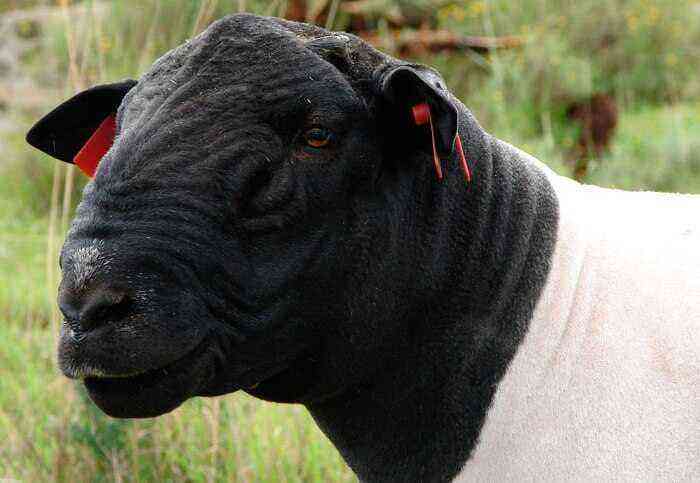
The appearance of Dorper sheep is unusual
Breed characteristics:
- proportional downed body;
- short limbs;
- arched back;
- the location of the auricles is horizontal;
- skin folds are absent;
- ram weight – 90-140 kg, sheep – 55-90 kg.
Breed benefits
Sheep of the Dorper breed are practically waste-free. In addition to good quality meat, farmers receive from them the skin, which, after processing, is used to make furniture and accessories – bags, clutches, purses. Other advantages of the breed:
- Early maturity. The puberty in the ewes occurs earlier than in the representatives of other breeds, at 6 months, but they are allowed to mate at 15-16 months. Rams are used as producers from 6 months.
- Fertility. Dorper ewes are able to bring 2 lambing per year, while they bear not one lamb, but 2-3. That is, from a hundred queens they receive an annual increase in livestock equal to 150-220%, and this is a very high figure.
- Endurance, adaptability to different climates. These animals were bred in extreme conditions, so they easily tolerate heat, lack of water and food. Interestingly, Dorper sheep can be bred even in areas where the climate is very different from African, for example, in Russia.
- Helminth resistance. This feature was transferred to animals with genes. They rarely suffer from parasites, including skin ones.
- Able to eat poor pasture and at the same time gain weight. If pastures become scarce, they eat fallen leaves or nibble bushes like goats.
- Animal meat contains little fat, does not have an unpleasant odor, therefore it is highly valued, there is a demand for it.
- Profitability. Since African sheep do not need to be sheared, farmers manage to save money on their maintenance – they do not have to spend money on buying clippers and special machines.
- Productivity. The slaughter yield of meat is 55-58%.
- Milk in females contains 10% fat. Given mother’s milk with such nutritional value, lambs grow rapidly.
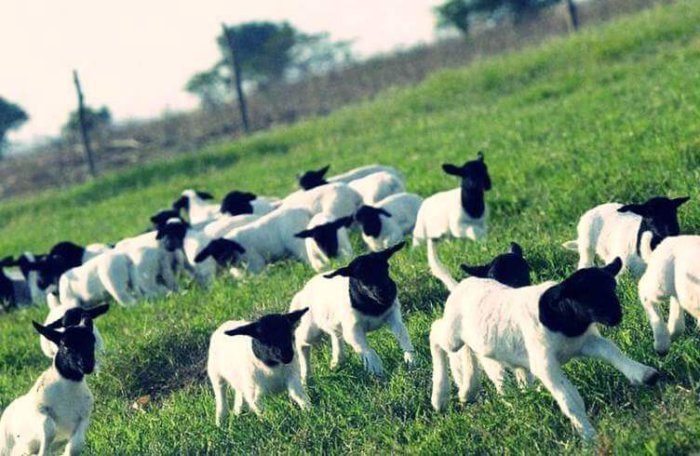
Lambs grow fast due to the high fat content of their mother’s milk.
Attention! According to research, almost 75% of the calories in Dorper sheep go to increase body weight. According to this indicator, animals occupy a leading position.
Productivity
Dorper sheep are valued for their high productivity. Although lambs are born with a body weight not exceeding 3,5 kg, their average daily gain is 500 g. After a month, the weight of the lamb is 20-25 kg, and after another 30-45 days, the body weight of the lamb increases to 40 kg.
Attention! Meat yield after slaughter approaches 57%.
Since Dorper females are very prolific, they rarely have 1 lamb in lambing, the farm is constantly making a profit. Additional sources of income are leather and milk. Cheese, cottage cheese, butter are made from the latter and consumed in its pure form.
Features of keeping and feeding
Dorper undemanding to the conditions of detention. In summer, animals are constantly on pastures. In winter, they are transferred to the stall.
Care
It is important that a suitable temperature regime is maintained inside the sheepfold – from 7 to 10 degrees Celsius. Farmers equip separate compartments for lambing females. Their size is calculated as follows – 2,5 m2 of free space is allocated for a ewe, and 0,7 m2 for one lamb. In these parts of the paddock, the thermometer should not fall below +18 degrees.
Attention! Dorper sheep are sensitive to dampness and drafts. Cracks need to be sealed and bedding changed frequently.
Sheepfold is the place where sheep spend most of their time after the onset of cold weather, so you need to take care of good ventilation and lighting. It is good if the room has windows and their area is 20-25% of the floor area. Where there are no windows, it is necessary to conduct electricity and install lamps with fluorescent lamps.
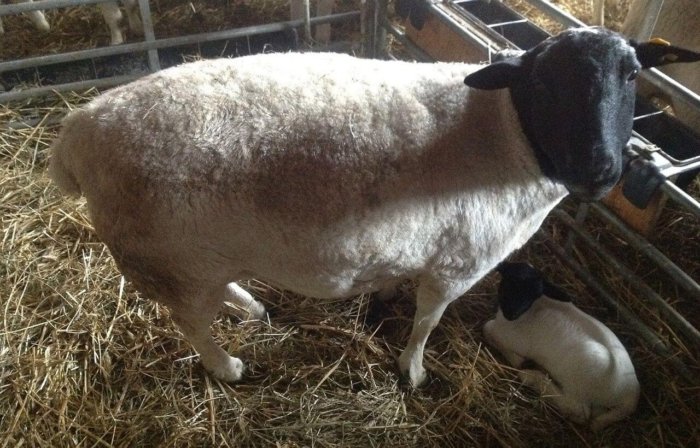
Sheepfold should be well equipped
The sheepfold is equipped with drinkers, which are made of wood in the form of a trough, as well as feeders. All inventory is disinfected once a week. The bedding is changed as needed.
Attention! Cleanliness in the sheepfold is the key to the health of animals.
Caring for sheep of this breed includes:
- carrying out preventive vaccination according to the plan;
- livestock deworming twice a year;
- regular inspection and cleaning of hooves.
Feeding
Sheep of this breed are able to gain weight, even eating sparse vegetation. Herbaceous plants (400 species) predominate in their diet in summer. This breed is distinguished by a special structure of the jaws – the teeth of animals are located at an angle, which allows them to bite off the grass to the very root. Another feature of their body is a long digestive tract. Due to this structure of the intestine, sheep extract the maximum nutrients from the food they receive.
From autumn to spring, the diet of sheep includes:
- hay, as there is no fresh grass at this time;
- roots;
- cereals (they are especially useful for young animals and pregnant and lactating ewes);
- mineral top dressing – licks, salt.
Attention! Although Dorper sheep are able to go without drinking for 2 days, water must still be available at all times. Each individual has 6-8 liters.
Features of reproduction
Dorpers are characterized by early puberty. However, the first mating of females is recommended at the age of 14-16 months. If the ram covers the sheep earlier, there is a chance that the lambs that are born will be weak and sickly.
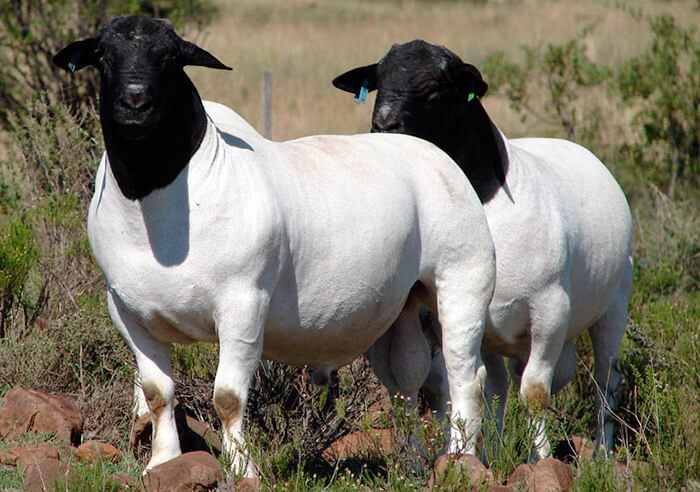
Dorpers are characterized by early puberty
Male producers of this breed are able to serve 20 females. Such a load on a ram is considered normal, but in order to maintain good shape, producers are provided with an enhanced diet and a full range of walking. The mating of sheep is carried out during the sexual hunting of the female. It is defined by signs:
- the animal loses its appetite;
- worried, bleating;
- external genitalia swell;
- the sheep is ready to receive the cage.
After mating, pregnancy occurs, which lasts 4,5 months. Lambing in dorper sheep is easy, since lambs are born medium-sized – up to 4 kg. The queens take care of the cubs until they are weaned. Within an hour of being born, lambs should receive a portion of colostrum from their mother.
Attention! Sheep must feed the lambs milk for 3-4 months so that they are healthy and quickly gain weight. After weaning the babies, the female needs to gain strength. The next mating is carried out in 2-3 months.
Dorper is a breed that received valuable qualities from its progenitors – endurance, unpretentiousness, fertility and high productivity. These animals, despite the lack of wool, are able to bring a good income to the farm. All they need is the opportunity to spend as much time as possible on the pasture in the summer, a room protected from dampness and drafts in the winter, and taking care of their health.

